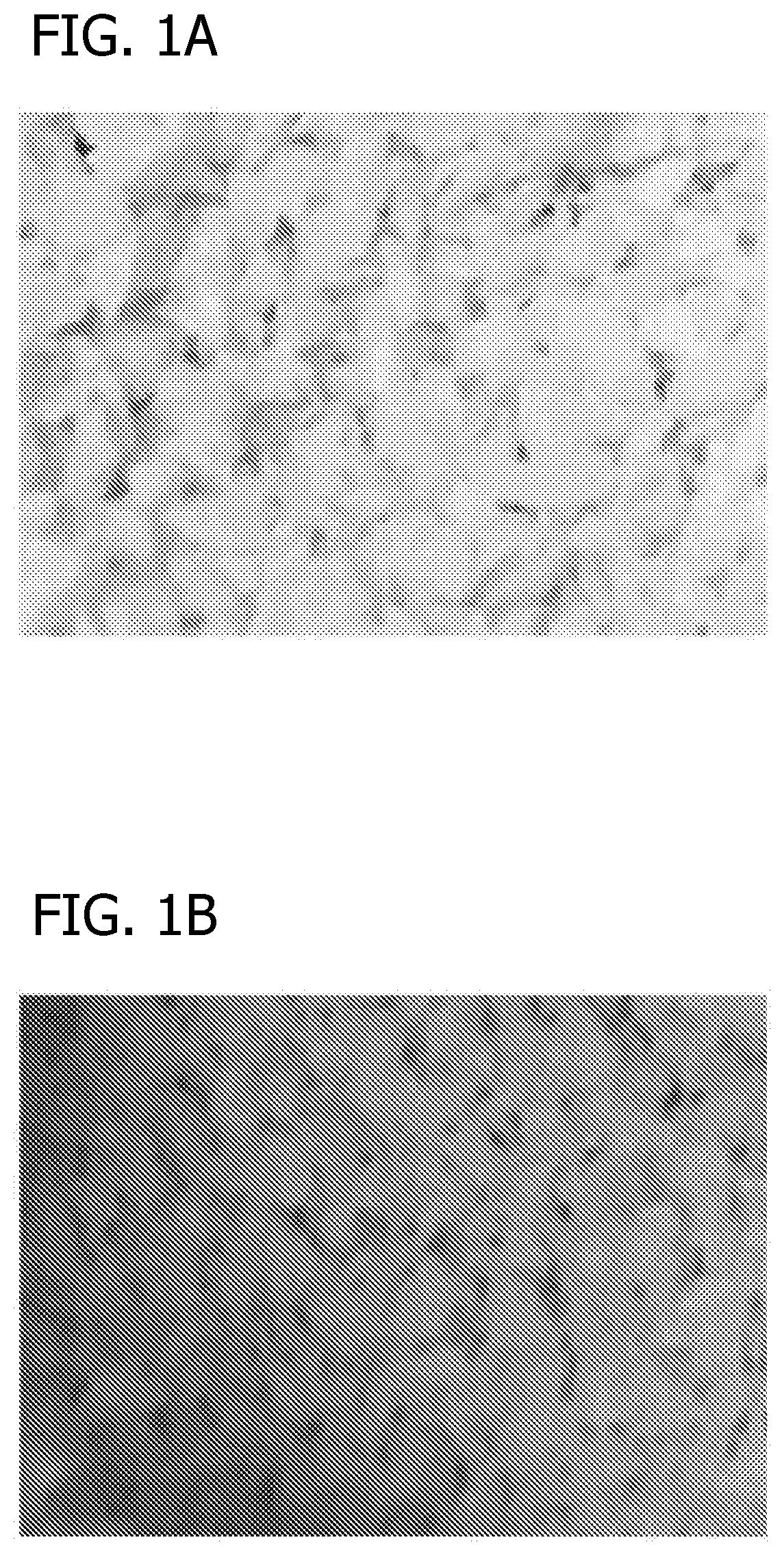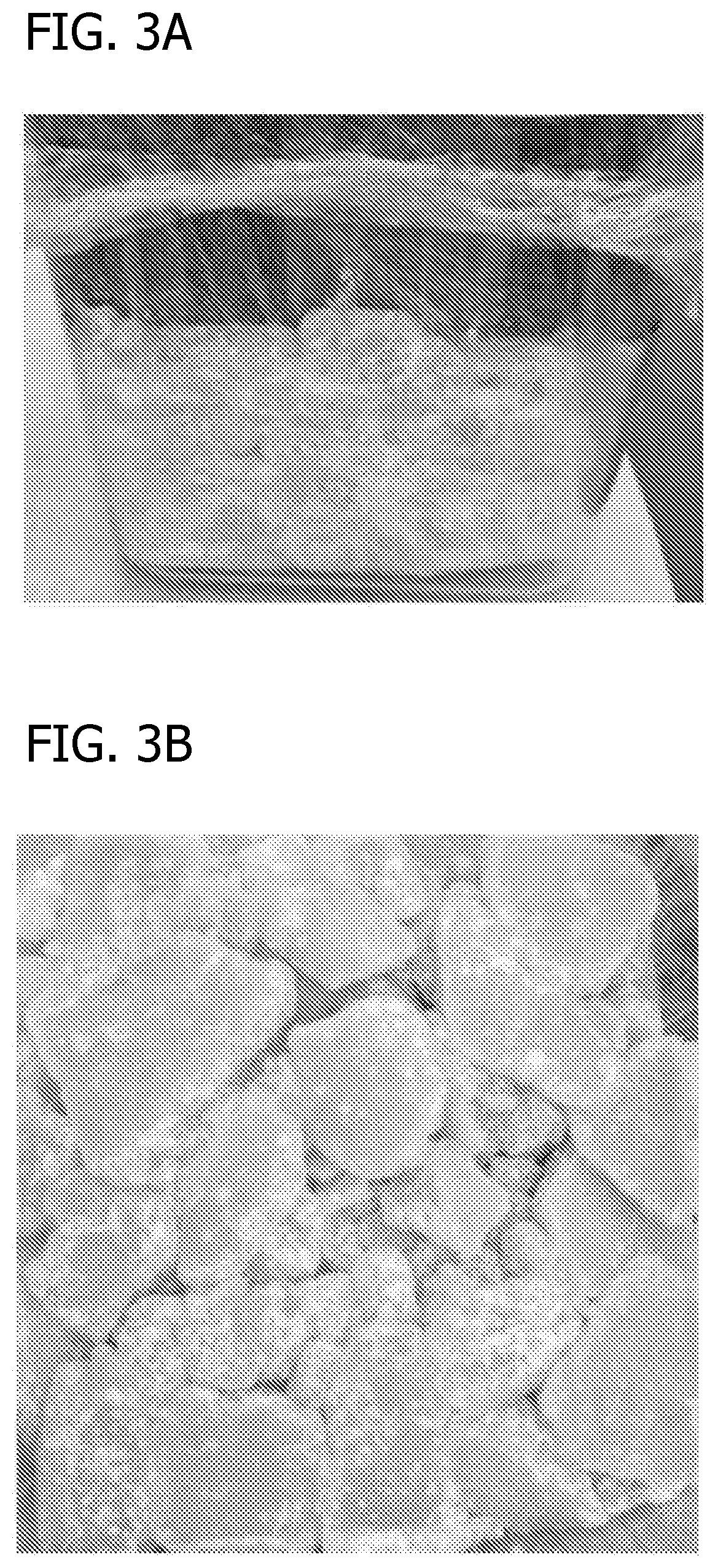Polyol-containing chewing gum bases
a gum base and polyol technology, applied in the field of chewing gum bases, can solve the problems of adding challenges during the shipping and handling of gum bases
- Summary
- Abstract
- Description
- Claims
- Application Information
AI Technical Summary
Benefits of technology
Problems solved by technology
Method used
Image
Examples
example 1
inding
[0082]In this example, the ability of mannitol to act as a dusting compound during grinding of butyl rubber was evaluated.
[0083]Test samples containing a blend of butyl rubber and dusting powder in a target amount of about 3 to about 10% by weight of the sample were prepared. The dusting powder used was either talc (control) or mannitol (experimental). The control and experimental samples each contained approximately the same amount of dusting powder. The samples were ground to approximately 6 mm pieces. Once grinding was complete, samples of the rubber blends were collected and placed in test cases. The samples were stressed for rubber blocking by placing weight onto the sample. The samples were checked for clumping after 24 and 48 hours.
Results
[0084]There were no observed issues during grinding for the control blend (containing talc). The control blend processed normally and had a good grind and dusting compound coverage. Similar to control, the experimental blend (containin...
example 2
ng
[0085]In this example, the effect of including mannitol in a gum base during compounding was evaluated.
[0086]Gum bases were prepared that contained rubber and either a mineral filler (control), no mineral filler and no polyol (experimental #1), or mannitol as a 1:1 replacement for the mineral filler (experimental #2). For experimental #1, no mineral filler or polyol were used during rubber grinding or compounding. For experimental #2, mannitol was added during rubber grinding, and also was compounded into the gum base formula. The gum base formulas for the control, experimental #1, and experimental #2 are set forth below.
ControlExp #1Exp #2Talc17.1900.0000.000Mannitol0.0000.00017.190Butyl Rubber2.0002.4152.000SBR3.0003.6233.000PIB11.50013.88711.500PVAc26.00031.39726.000Estergum Rosin16.00019.32116.000Vegetable Oil17.50021.13317.500Plasticizer3.0003.6233.000Emulsifier3.7504.5283.750Antioxidant0.0600.0730.060100.000100.000100.000
[0087]The properties of the gum bases at various stage...
example 3
king and Dusting
[0090]In this example, the effectiveness of mannitol as a dusting compound for a gum base was evaluated.
[0091]A soft bubble gum base was dusted with either 2% talc (control) or 4% mannitol (experimental). Since removing all mineral filler from a base formula increases the tack of most bases, the experimental, mineral filler-free samples were prepared with a higher level of dusting powder (i.e., 4% mannitol). The dusted base samples were in slab form. The slabs were broken into small pieces prior to stress blocking testing.
[0092]An accelerated base stress blocking test was performed on the dusted bubble gum base samples as follows: 2.25 kilos of the dusted base sample was placed in a clear vessel. A 5 kg weight was placed on top of the sample, and the weighted sample was placed in an oven at a target of 85° F. (temperature fluctuated between 82-85° F.) for 72 hours.
Results
[0093]The results are shown in FIGS. 2A and 2B (control) and 3A and 3B (experimental). Observatio...
PUM
| Property | Measurement | Unit |
|---|---|---|
| stress testing | aaaaa | aaaaa |
| stress blocking test | aaaaa | aaaaa |
| stress blocking test | aaaaa | aaaaa |
Abstract
Description
Claims
Application Information
 Login to View More
Login to View More - R&D
- Intellectual Property
- Life Sciences
- Materials
- Tech Scout
- Unparalleled Data Quality
- Higher Quality Content
- 60% Fewer Hallucinations
Browse by: Latest US Patents, China's latest patents, Technical Efficacy Thesaurus, Application Domain, Technology Topic, Popular Technical Reports.
© 2025 PatSnap. All rights reserved.Legal|Privacy policy|Modern Slavery Act Transparency Statement|Sitemap|About US| Contact US: help@patsnap.com



